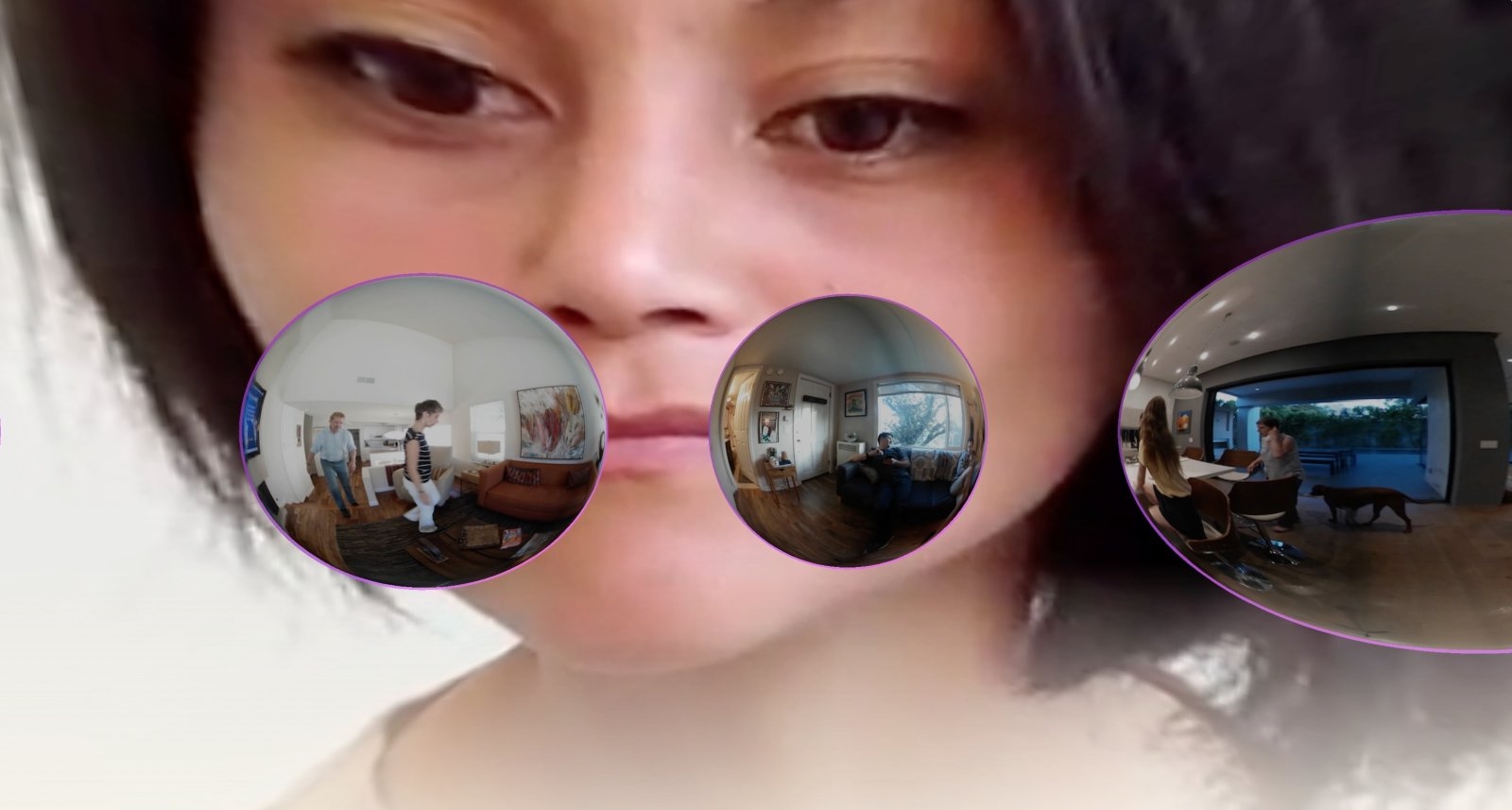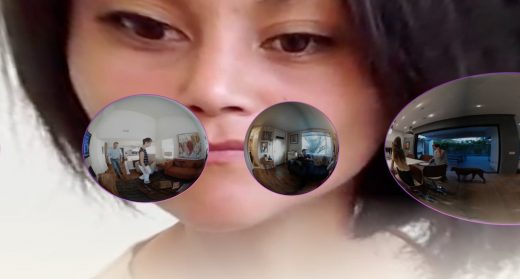Four people are allowing strangers to control their smart homes
For the next seven weeks, anyone who’s inclined can go to 205 Hudson Street in New York City and take over someone else’s apartment.

Smart devices like the kettles, lighting and speakers of four homes connect directly to laptops in the corner of an art gallery. Cameras are trained on bathrooms, kitchens and living areas. Visitors can sit down and become a human Alexa, playing music, eavesdropping on conversations through microphones and communicating with the inhabitants via text-to-speech.
In SOMEONE, the privacy critique is clear. By giving us the all-seeing eye and levers of control that we’ve delegated to smart assistants, we can question the corporate surveillance we invite into the intimacy of our homes. “We don’t have a physical response or intuition for what it feels like to have all your data looked by an algorithm,” said McCarthy. “We do have a really clear understanding of what it means to be looked at by another person.”
But our embrace of oversharing is rooted in a deeply human need to feel understood, too. We want to feel seen (through tangible metrics such as likes and followers) as well as having our needs anticipated (through AI assistants). Yet we have to give up our privacy to get it.
“That, for me is a really personal question because I am a very private, quiet person,” McCarthy said. “But it feels like in order to interact with the world these days, you have to participate in some amount of that.”
McCarthy talks about her social anxiety a lot. Deep connections with others give her life meaning, but she hates “the space before that” — the small talk, the getting-to-know-you.
“That’s why I started with all this, I guess … the totally naïve idea that OK, I don’t feel very comfortable talking to people, but I feel really comfortable writing code or building things, so could I just hack my way out of this?” she said. “And the answer has been no over and over, but I find other things along the way.”
This has worked out at least once. Through her 2013 experiment with MTurk-sourced dating instructions, McCarthy met her now-husband. He wasn’t present on any dates, but was watching the live stream. They married three years later. Moving into the same house led McCarthy to think about how to share a home with a partner, which led to thinking about how we share homes with smart assistants. (Next she’s interested in tech and reproduction.)
“In some way, I was just feeling kind of jealous of Alexa.”
“You’re inviting the presence into your home, and giving up control of your data over camera feeds. The home is such a personal intimate space, and then who is this character that’s coming in, this Alexa?” McCarthy said.
“While I was thinking about that, I also was realizing that in some way, I was just feeling kind of jealous of Alexa. As a really shy person, I find I have a hard time connecting with people, and I was jealous of the way this device would get this entry into these internet spaces in people’s lives. So I cooked up this plan to become Alexa.”
SOMEONE is clearly a criticism of surveillance, but McCarthy’s work also facilitates “alternative routes” — as she puts it — to gems of actual interpersonal understanding. We know how to perform certain social rituals, but what patterns emerge in new ones? How do people communicate through the medium of a light switch or humidifier? Is there a better way to connect?
“I built this whole system that’s kind of this hack … I thought, OK if I’m not good at just meeting someone walking in the front door, I’ll just take over their whole house and then I’ll have to get close to them,” she said.
McCarthy designed this elaborate surveillance network, on one level, just to create moments of authentic human connection for herself — and now to see if others can, too. To experience it is to acknowledge and reflect on the creepiness of microphones and cameras we bring into our homes. But also to see that SOMEONE can really be about two people, awkwardly separated, just trying to communicate.
Each home — three in Brooklyn, one in San Francisco — will be “live” for two hours a day. During that time, they can only control their smart devices by calling for “someone,” the same way one calls for Alexa, Siri or Google. While nothing can put the residents in mortal danger — kettles will automatically shut off after a certain time, for instance — the interactions between them and their rotating cast of human smart assistants is entirely down to the people involved.
This project is called SOMEONE and is the brainchild of Lauren McCarthy, an artist and assistant professor at UCLA’s design media arts department. It’s part of Refiguring the Future, an exhibition by REFRESH and Eyebeam focused entirely on tech-focused artists who are female-identifying, gender non-conforming, queer, or people of color.
Last year, McCarthy created LAUREN — the same smart home concept, but she was the only assistant on hand, 24/7, for days at a time. Her works are often social experiments, augmenting human interactions with technology. She likes to reconfigure the norms of conversational engagement, for better or worse.
McCarthy made a Google Hangouts app that analyzes speech and facial expressions to try to optimize conversations, providing real-time feedback on each participant’s emotional state and muting anyone who talks too much. She live-streamed her OkCupid first dates to a small army of Amazon Mechanical Turk workers who would text her instructions on what to do next, and made an AI instruct her on how to run a party — what drinks, conversational topics to offer each new guest — for 24 hours straight.
By outsourcing human interactions to technology, McCarthy’s works play in the space between earnest, comical and sad. They might show how our socializing is already conditioned by tech, or how in an AI economy the only ways people can still be useful is by providing the human layer of interaction between a computer and customer.
(26)


